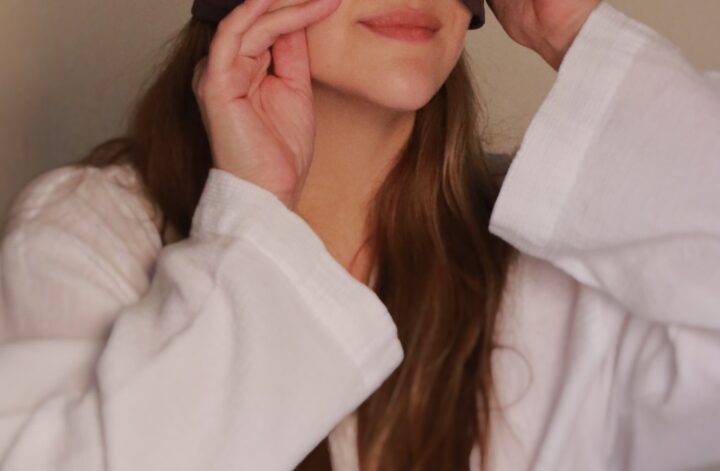It’s been a while since I posted a blog, but this theme was all over Tik Tok so I thought it was about time to break it down! Identifying your natural contrast level can be a game-changer when it comes to choosing the best hair color. I’ve written about choosing your perfect hair colour before – so be sure to check this blog out too! Your contrast level is all about how distinct the differences are between your skin tone, hair colour, and eye colour, which influences what shades will naturally complement your features. Here’s a quick way to find your contrast level:
How to Identify Your Contrast Level
- Take a Black and White Photo: In a black-and-white photo, does your hair, skin, and eye colour create stark contrasts, or do they blend? High-contrast individuals will see sharp differences, while medium- and low-contrast types will look more blended.
- Look for Feature Harmony: Ask yourself if your hair, skin, and eye color feel like they “match” in tone and intensity. Low-contrast individuals have the most harmony, while high-contrast types show a bigger difference.
Now, let’s break down the best hair colors for each contrast level using some examples!
1. High Contrast: Go Bold with Dark or Bright Colors
High-contrast colouring means there’s a distinct difference between your features, like having dark hair with light skin or vibrant eyes against a darker complexion. Think Zooey Deschanel, with her black hair, fair skin, and blue eyes, or Anne Hathaway, with her dark brown hair, porcelain skin, and striking dark eyes that give her a naturally high-contrast look. This kind of contrast allows for vibrant colour choices that add to the drama of the features.
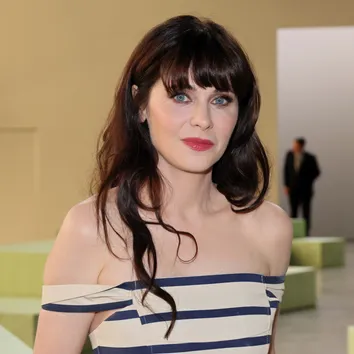

Best Hair Colors for High Contrast:
- Dark Brunette or Black: Shades like espresso or raven bring out your eye color and add depth to your look.
- Deep Reds and Warm Tones: Think Dua Lipa Merlot red, or dark Autumnal shades.
Avoid: Ashy or pastel shades, which can make high-contrast features look washed out.
2. Medium Contrast: Aim for Balanced, Natural Colors
Medium contrast is where there’s a noticeable but not dramatic difference between your features. If you have warm skin with medium brown or dark blonde hair, you likely fall here. Blake Lively and Jennifer Lopez are great examples of medium contrast, with tones that balance well without any one feature overpowering the others.

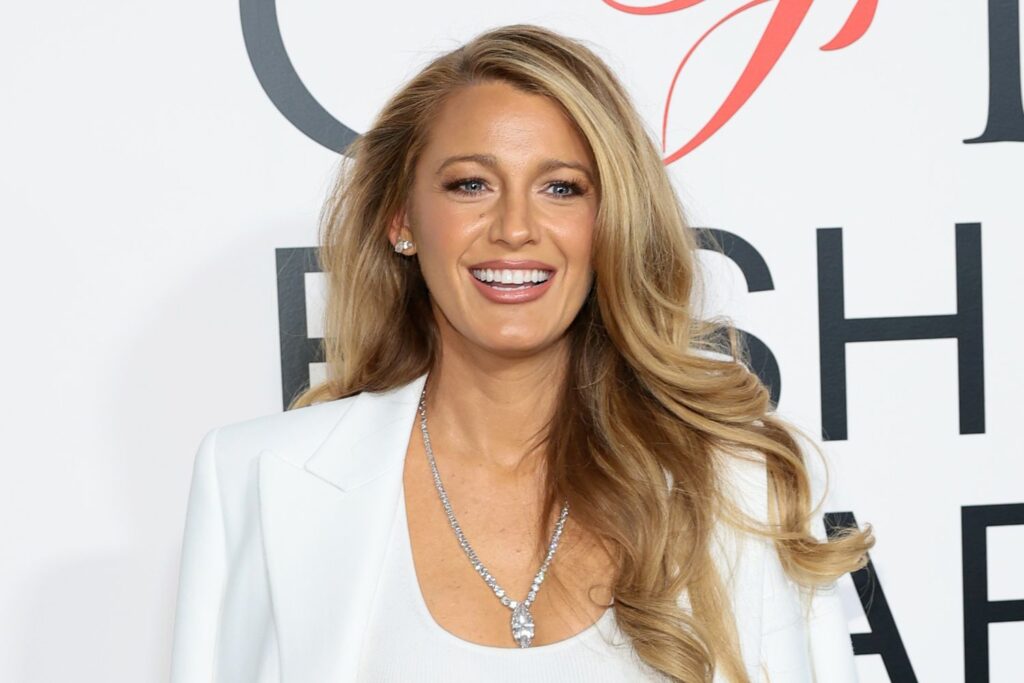
Best Hair Colors for Medium Contrast:
- Warm Chestnut and Chocolate Browns: These shades enhance medium contrast without adding too much drama.
- Caramel and Honey Blonde: Warmer blondes add a soft, sun-kissed look.
- Soft Ombré or Balayage: Subtle ombré in similar tones (like caramel or warm brunette) adds dimension without breaking harmony.
Avoid: Extreme colours, like jet black or platinum, which can make medium contrast features look harsh or washed out.
3. Low Contrast: Keep it Soft and Muted
Low contrast means your features blend seamlessly. This could mean fair hair, skin, and eyes, or a similar tone between hair and skin. Amanda Seyfried and Nicole Kidman have low contrast, with fair skin and light hair that create a soft, unified look.
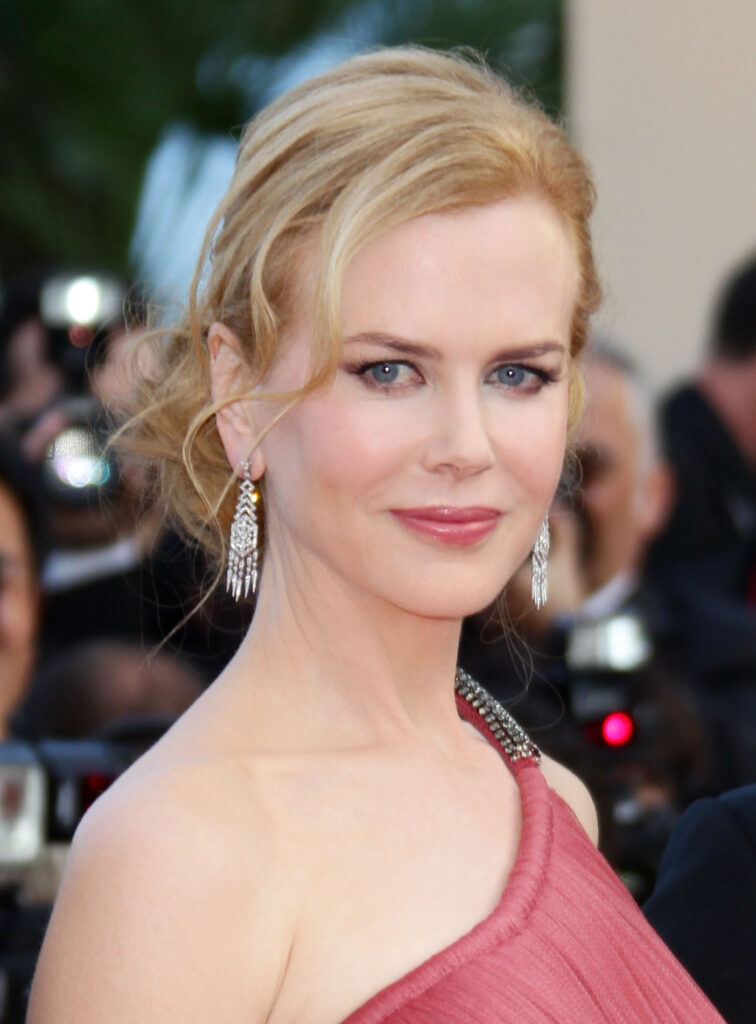
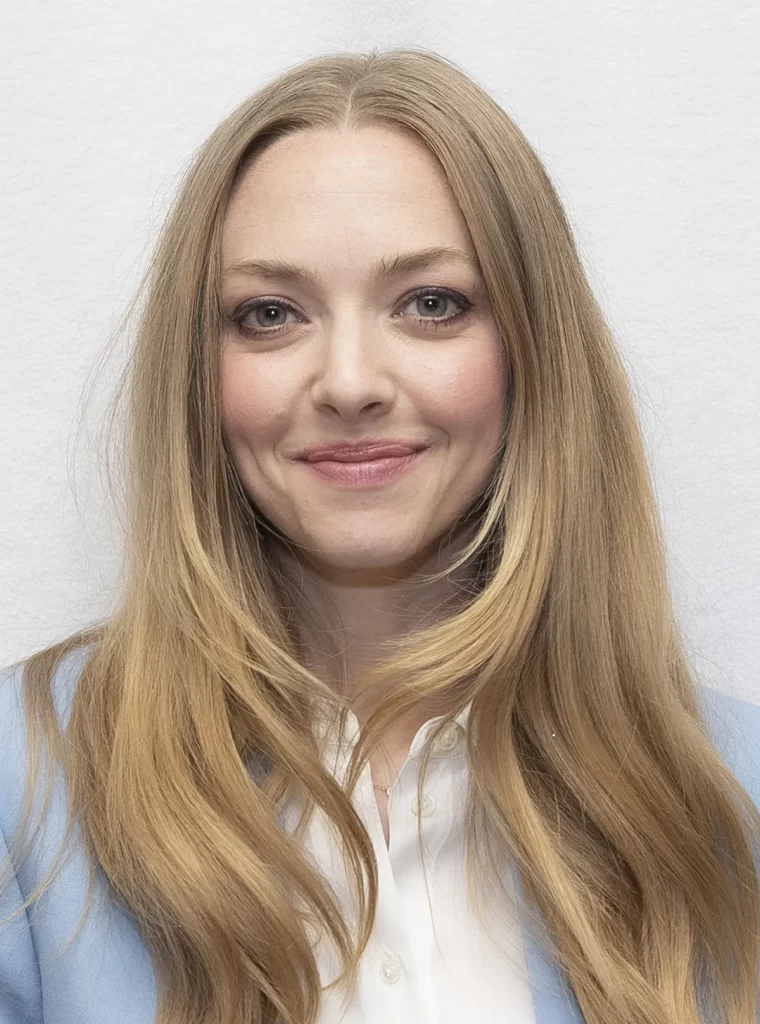
Best Hair Colors for Low Contrast:
- Cool or Champagne Blonde: These light, cool blondes add elegance without harshness.
- Strawberry Blonde or Soft Copper: Gentle, warm reds add warmth without overpowering.
- Light Brown or Mocha: For darker-haired low contrast types, light brown or mocha adds softness without breaking the harmony.
Avoid: Bold or dark shades, like jet black or deep auburn, which can make low-contrast types look too stark.
Choosing the Right Hair Color for You
Knowing your contrast level makes it easy to select a hair colour that complements your natural features and enhances your look. High-contrast individuals can embrace bold, rich colors, medium contrast types shine with balanced, warm tones, and low contrast looks best with subtle, muted shades. Embrace your contrast level, and let your hair colour bring out the best in you!

